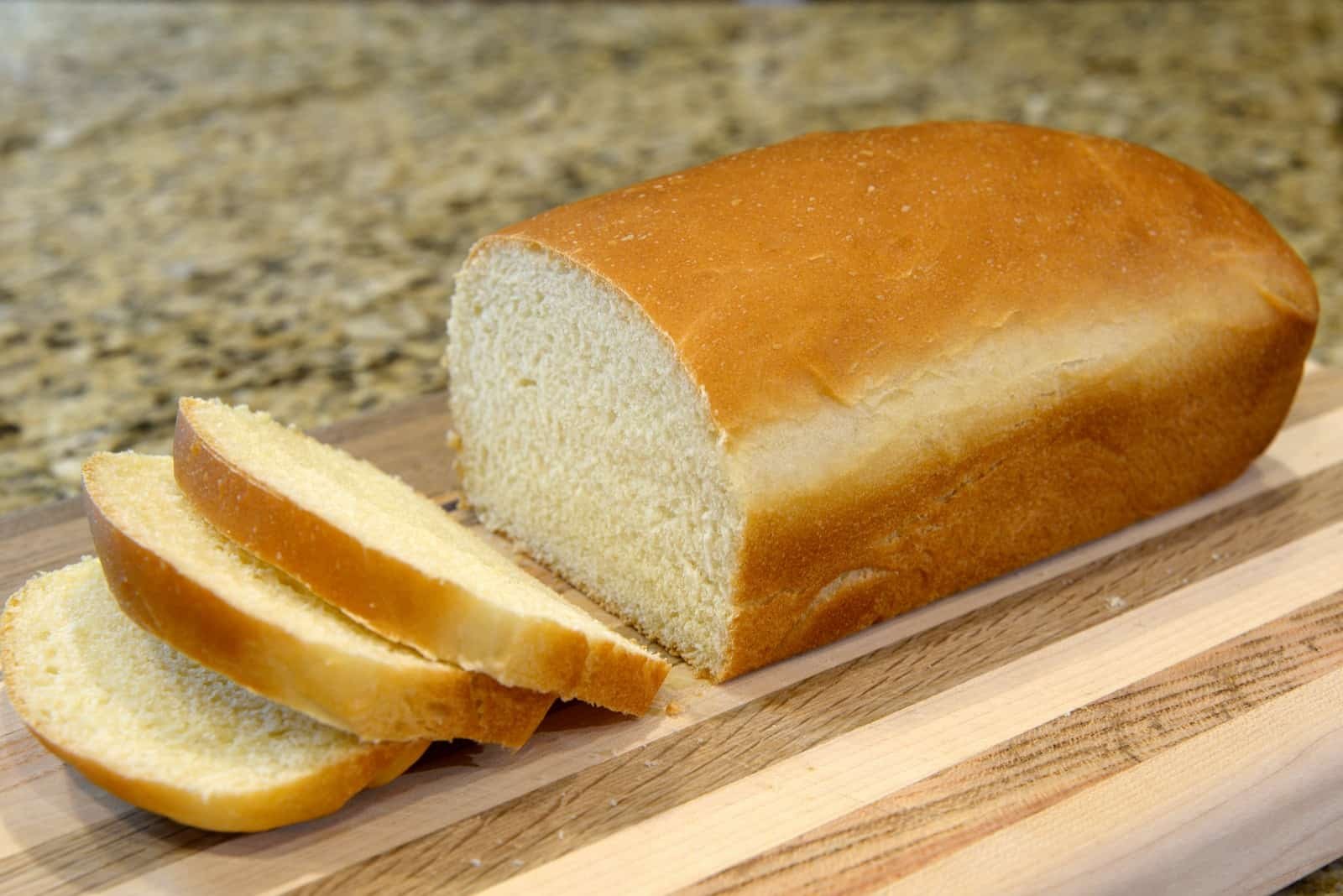I understand the struggle of not wanting to waste food, especially with those bread loaves that seem to either disappear overnight (teenagers, anyone?) or sit untouched until the dreaded mold appears. Freezing bread is a fantastic way to extend its shelf life, but just like everything else in the freezer, it doesn’t last forever.
So, let’s break it down, shall we? Grab a cup of coffee, and let’s get into the nitty-gritty of bread freezing!
First things first, when you freeze bread, you’re essentially pausing the natural aging and staling process that occurs due to the loss of moisture and the recrystallization of starches in the bread. The freezer acts like a pause button, keeping the bread at a state where it won’t go stale or grow mold.
According to the USDA, bread can be safely frozen for three to six months. That’s a pretty wide window, I know, but it depends on a few factors, like the type of bread and how well you wrap it. The FDA doesn’t specifically comment on bread, but they do emphasize proper food storage techniques to maintain quality and safety.
To make sure your bread stays delicious after freezing, follow these tips:
When you’re ready to use your frozen bread, thawing it properly is key to enjoying that fresh-bread taste. You can thaw bread on the counter, or for a quicker method, use your oven or toaster. If you’re in a pinch, you can even toast slices directly from the freezer.
It’s important to note the difference between quality and safety. While bread can lose quality over time in the freezer due to freezer burn or staling, it doesn’t become unsafe to eat. The main concern with frozen bread is texture and taste, not foodborne illness. However, if you notice any signs of mold on bread before freezing it, don’t freeze it at all. Moldy bread should be discarded to prevent consuming potentially harmful bacteria or mold spores.
The CDC provides extensive guidelines on food safety, emphasizing the importance of keeping your freezer at 0°F (-18°C) to ensure the safety of frozen goods. While the FDA doesn’t provide specific guidelines for bread, they do recommend regular checks to make sure your freezer is at the correct temperature to maintain the safety and quality of frozen foods.


